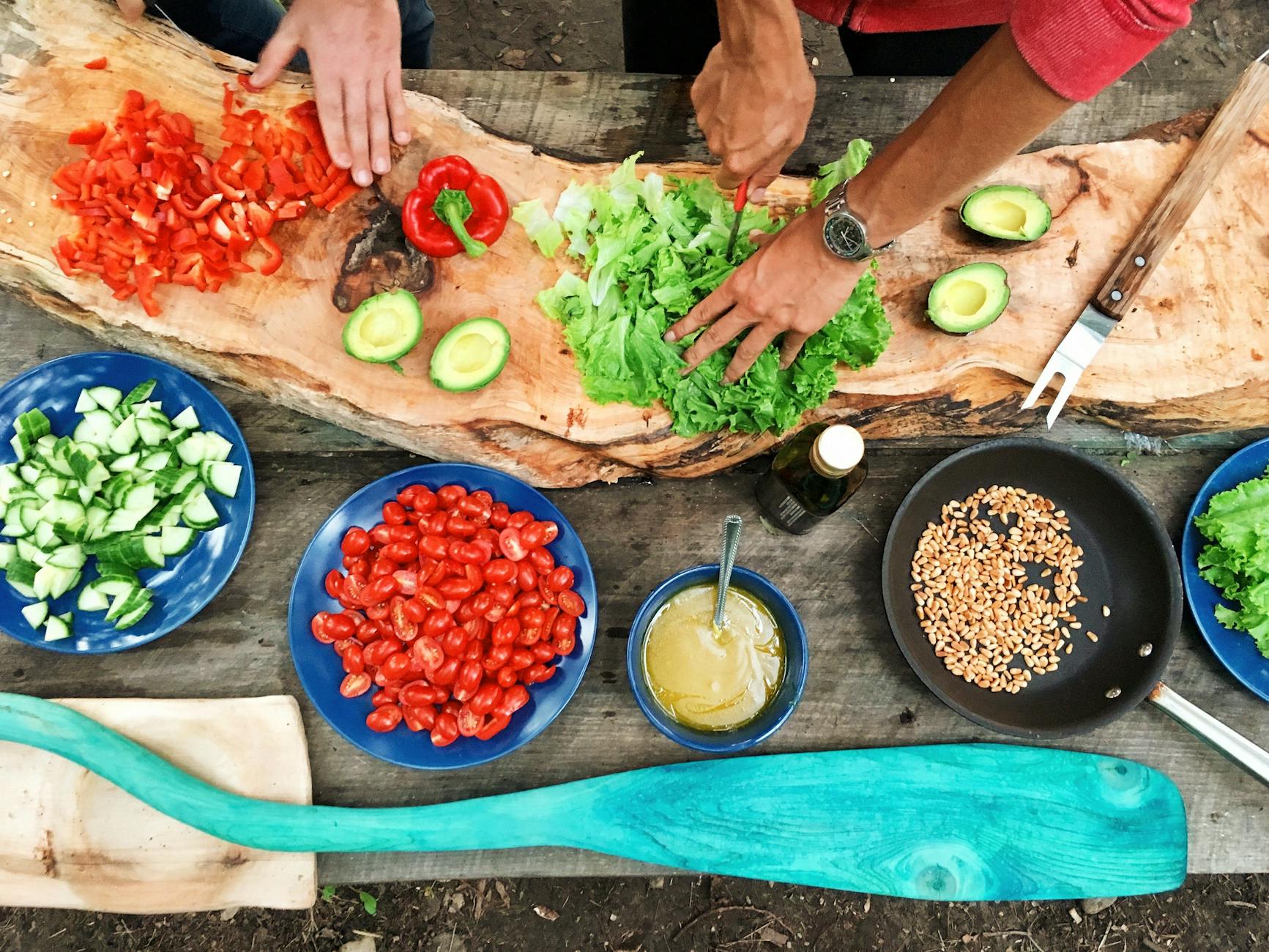To say that cuisine is something to be tasted seems self-evident, almost unquestionable. Yet within Japanese culinary philosophy lies a more nuanced, poetic perspective: the belief that cuisine is landscape. Each dish is a quiet tableau—capturing the transitions of the seasons, the rhythms of nature, and the subtle footprints of human life.
In this sensibility, food is not merely a means of nourishment or a response to hunger. Rather, it is an artistic reflection of nature’s beauty, crafted with a reverence that is both cultural and spiritual. The mountains, rivers, fields, seas, breezes, light, and seasonal atmosphere—all are conveyed through the choice of ingredients, arrangement, and even the selection of tableware. The plate becomes a canvas, the meal a landscape rendered as vividly as a painting or a poem.
The origins of this perspective can be traced to the Japanese worldview that treasures the passage of time and the spirit of the seasons. Plum blossoms, cherry trees, fresh green leaves, autumn foliage, and snow—each seasonal symbol informs not only ingredient selection, but the very composition of the meal. Spring brings wild vegetables and bamboo shoots; summer, sweetfish and tomatoes; autumn, mushrooms and chestnuts; winter, daikon and hearty root vegetables. With each change, the bounty of nature is honored, and the dish becomes a mirror of the season.

Imagine a dish that evokes a mountain landscape. Served in a softly curved vessel, the plating rises gently at the center, with an earthy palette of greens and browns as its base. Accents such as delicate maple leaves and root vegetables carved to resemble stones are placed with intent. The result is more than visual; it invites the guest to sense the rustle of forest air, the stillness of woodland shadows, and the quiet dignity of nature itself—layered within a single plate.
In another composition, the sea comes alive. A flat plate hosts a presentation reminiscent of rippling tides, where translucent sauces highlight the delicate texture of white fish. Blue ceramics and fragments of shell recall the shoreline, conjuring the image of waves lapping gently against the coast. Japanese cuisine excels in this visual storytelling, transforming a meal into an immersive encounter with nature.
This notion of culinary landscape is far more than artistic flourish or decorative intent. It reflects a deeper truth: that the ingredients themselves are shaped by the very terrain from which they arise. In this way, the dish and the landscape are not separate—they are one and the same. In coastal regions, salt-laden winds and the rhythms of the tides influence both the daily catch and the growth of vegetables. In mountain villages, sharp variations in temperature lend sweetness to root vegetables. Along riverbanks, natural spring water nourishes the soil, enriching the crops. These environmental nuances are not merely background—they define the characteristics of the ingredients and are naturally embedded within the dish as expressions of place.
And within this landscape resides the human touch. The rice and vegetables cultivated by local farmers, the fish brought in through the skill and instinct of seasoned fishermen, the sauces and pastes carefully fermented and aged through time-honored methods—all of these elements compose the unseen architecture behind each plate. The chef, aware of these connections, becomes not just a cook but a curator—assembling a narrative on the plate that honors the land, the people, and the passage of time.

In Japanese cuisine, this landscape-driven sensibility extends with exquisite precision to the art of plating. Rather than “arranging,” the more appropriate verb is placing—each element positioned with intention, respecting the ingredient’s natural shape, orientation, and the balance with surrounding space. Emptiness is not absence, but presence: the thoughtful use of ma—spatial interval—creates a sense of stillness and expansiveness, allowing the plate to breathe with the quiet harmony of nature.
The vessel itself is not a passive frame, but an active participant in the scenery. Earthenware reflects the warmth of mountains; porcelain captures the clarity of water; lacquerware evokes the depth of a forest. Seasonal motifs, the unpredictable flow of glaze, or subtle imperfections in form give each piece its own life—echoing nature’s spontaneity and impermanence. When the food is placed with care upon such a vessel, the result is not merely a meal, but a fleeting landscape—a still-life of the region’s essence.
This landscape aesthetic is not just a matter of style; it is interwoven with ethical and philosophical perspectives on food. Ornamentation is restrained, manipulation is minimal, and the ingredients are honored as they are. This ethos reflects a deep respect for the environment, a mindful awareness of the ingredients’ origins, and a reverence for the sustainability of food culture itself.
In an era where terms like local sourcing, food mileage, and sustainability are gaining global currency, the long-standing Japanese concept of cuisine as landscape offers more than an aesthetic tradition—it provides a meaningful lens through which to reimagine the future of food.
To experience landscape through cuisine is to engage in more than consumption; it is to savor the land and time in which one lives. It offers a moment of awareness—a gentle pause to reflect on where we are, and what we are receiving from our surroundings. On each plate, we do not see only rivers, mountains, and seas. We encounter the scent of soil, the rhythm of the seasons, the touch of human hands, and the quiet presence of a distinctly Japanese view of nature.
When we see cuisine as landscape, the dining table becomes a microcosm of the natural world. In that intimate space, we are not just observers, but participants—tasting not only flavors, but time itself, through the ingredients that connect us to place.




